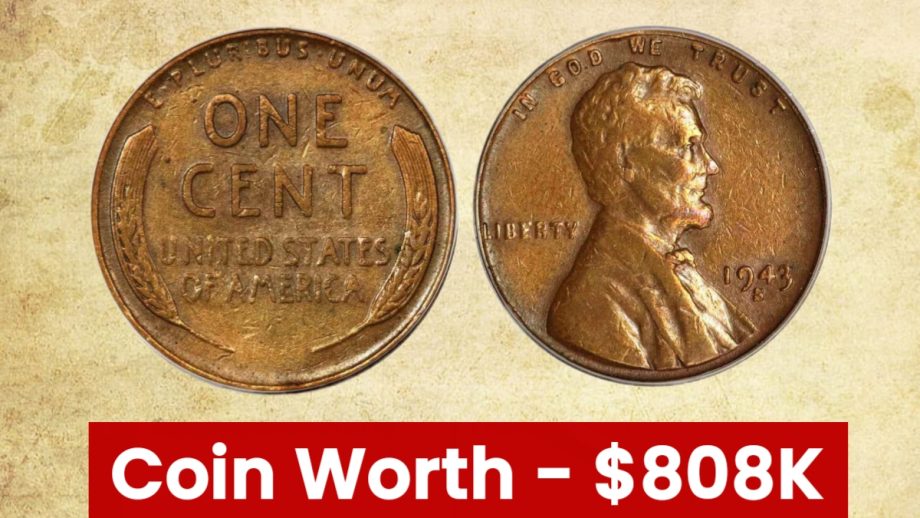
The Bicentennial Quarter, minted in 1975 and 1976 to commemorate America’s 200th anniversary, stands as one of the most fascinating pieces in United States coinage history. While most examples are worth their face value, certain rare specimens have achieved remarkable prices, with one extraordinary piece selling for an astounding $808,000. This comprehensive exploration delves into what makes these quarters special and why some command such extraordinary values.
Historical Significance and Design Elements
The Bicentennial Quarter’s design masterfully captures the spirit of American independence. The reverse, crafted by Jack L. Ahr, features a colonial drummer set against thirteen stars representing the original colonies. This thoughtful design element pays homage to the revolutionary spirit that birthed the nation. The obverse maintains George Washington’s familiar profile but uniquely displays dual dates “1776-1976,” creating an immediate visual connection to the bicentennial celebration.
Composition and Minting Varieties
These quarters were produced in two distinct compositions. The standard version uses copper-nickel cladding, while special collector editions were struck in 40% silver. The Philadelphia Mint produced quarters without mint marks, while Denver coins bear a “D” and San Francisco issues show an “S.” This variety in production has created multiple collecting opportunities and varying levels of rarity.
Understanding Mint Errors and Their Value
Mint errors significantly enhance the value of Bicentennial Quarters. Double Die errors, where design elements appear doubled due to multiple die impressions, can command $500 to $1,100. More dramatic Off-Center Strikes, where the design is misaligned, fetch between $2,000 and $5,500. The most valuable standard errors are Strike-Through variations, occurring when foreign objects interfere during minting, which can sell for $10,000 to $15,000.
The $808,000 Quarter Phenomenon
The most remarkable example is the 1976-S Proof Quarter graded PR70DCAM by PCGS. This coin’s extraordinary value stems from its perfect condition, exceptional strike quality, and historical significance. Its sale at $808,000 demonstrates how condition, rarity, and historical importance can combine to create extraordinary value in numismatics.
Factors Affecting Value
Several key factors determine a Bicentennial Quarter’s worth. Condition is paramount, with coins graded MS67 or higher commanding premium prices. The presence or absence of a mint mark can significantly impact value, with some no-mint-mark varieties being particularly desirable. Manufacturing errors, when authenticated, can multiply a coin’s value many times over.
Collecting Strategy and Investment Potential
For collectors interested in Bicentennial Quarters, developing a focused strategy is essential. Beginning with assembling a complete set of regular issues from all mints provides a foundation. Advanced collectors often focus on acquiring high-grade specimens or seeking out authenticated error coins. The potential for appreciation makes these quarters attractive to both collectors and investors.
Preservation and Grading Importance
The condition is crucial for maintaining and maximizing value. Professional grading services provide authenticated assessments of a coin’s condition, with grades ranging from circulated to perfect proof specimens. The highest grades, particularly for proof coins, can command significant premiums in the marketplace.
Market Dynamics and Collecting Trends
The market for Bicentennial Quarters continues to evolve. While common examples remain abundant, truly exceptional specimens become increasingly scarce as collectors acquire and hold them. This scarcity, combined with growing interest in American numismatic history, supports strong prices for the finest examples.
Building a Collection
Successful collection building requires knowledge, patience, and strategic acquisition. Focus on obtaining the best condition examples within your budget. Consider acquiring examples showing different mint marks, both regular strikes and proofs, and if possible, documented error coins. Authentication through respected grading services is crucial for valuable specimens.
Future Outlook and Market Potential
The future market for exceptional Bicentennial Quarters appears strong. As these coins age and their historical significance grows, well-preserved examples, particularly those with interesting characteristics or errors, may continue to appreciate. The $808,000 sale demonstrates the potential ceiling for truly extraordinary specimens.
Conclusion
The Bicentennial Quarter represents more than just currency; it embodies a pivotal moment in American history while offering fascinating collecting opportunities. From common circulation finds to five-figure rarities and even the exceptional $808,000 example, these coins continue to captivate collectors and investors alike. Understanding the factors that influence their value helps collectors make informed decisions while participating in this exciting segment of numismatics. Whether building a basic collection or seeking premium specimens, the Bicentennial Quarter offers something for everyone interested in American coinage and history.